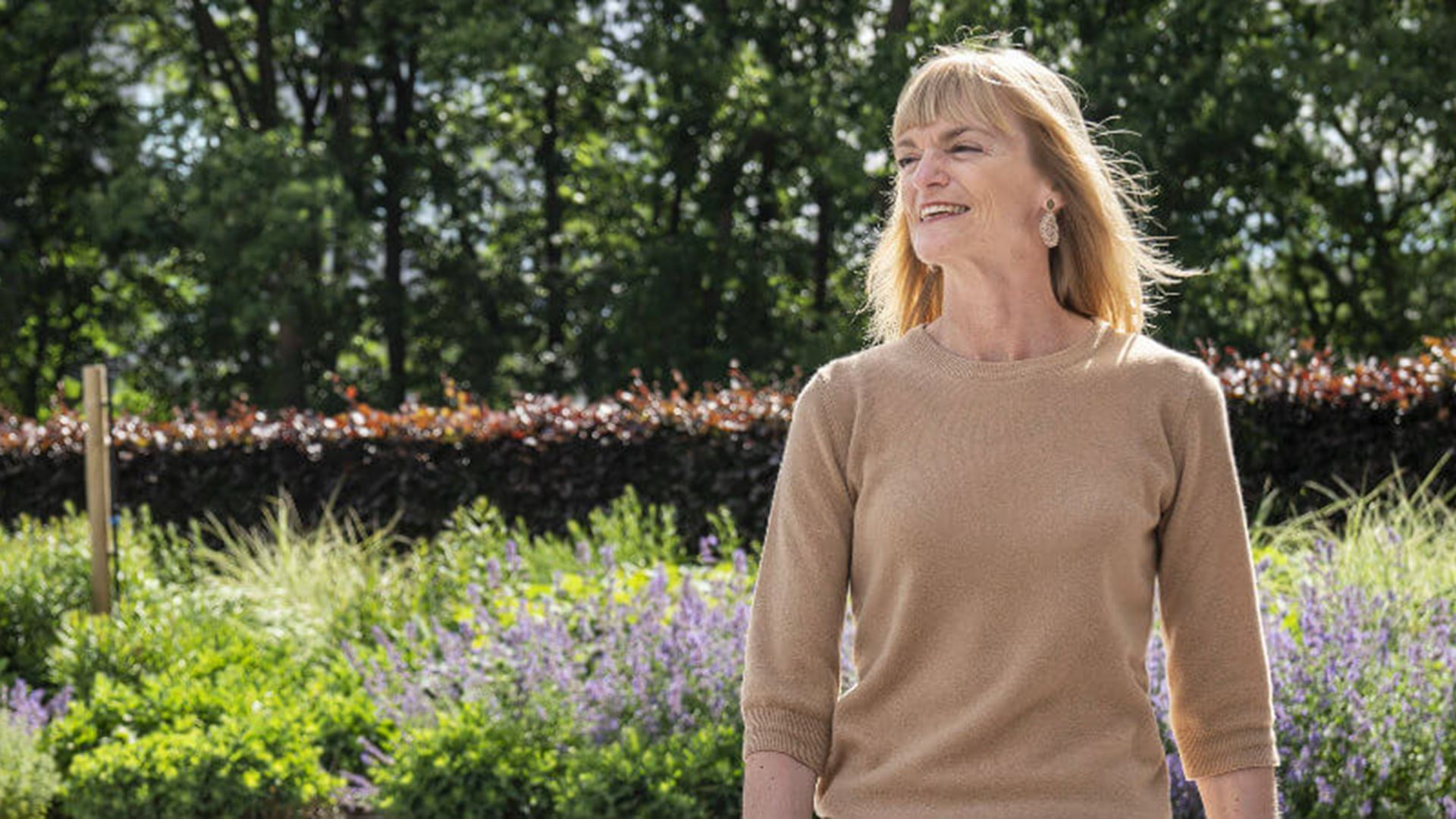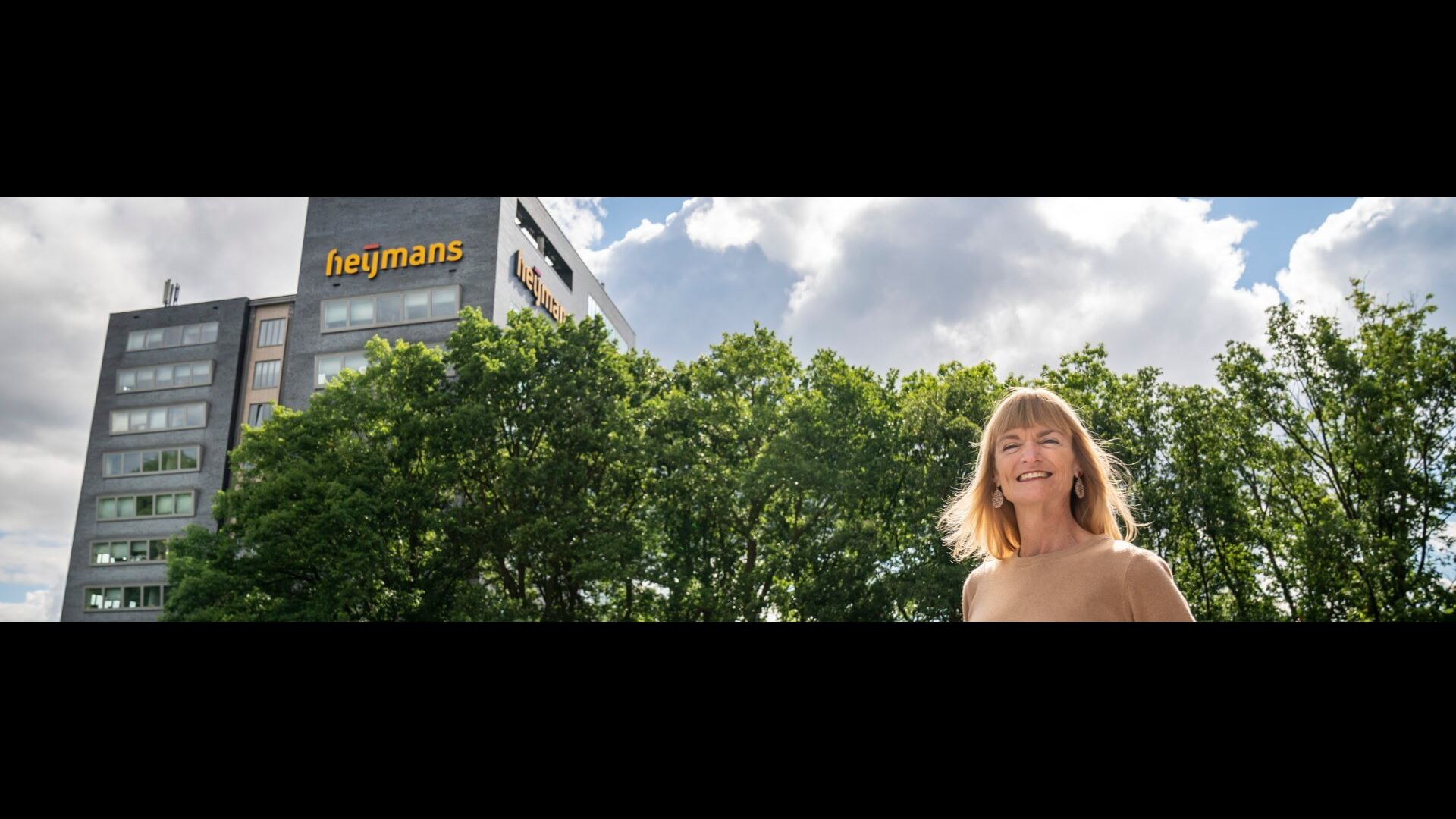There were more options than we thought
Susanne Mulders-de Rooij, former chairman of the board of the Heijmans pension fund, talks about the pension buy-out.
When it became clear that insurance could be in the interests of all stakeholders, we set about calculating different scenarios very intensively. We chose Zwitserleven because they made a very solid impression. During the 'beauty parade' the team that would have to make it happen after the deal, made a very good impression. In the end, Zwitserleven also proved to be strong on the legal front. We look back on the whole process with joy and satisfaction.
How did the board of PF Heijmans decide, back then, to stop the pension fund and to investigate a buy-out?
The Heijmans pension fund had become a closed pension fund in 2013. As a result, it was a shrinking fund. Governance was also geared to this situation. We had a small pensions agency and everything was outsourced. The requirements that the Dutch Central Bank imposes on pension funds in all sorts of areas have increased enormously. This means that, for a small fund, certain activities will no longer be proportional at some point. It is becoming increasingly difficult to continue to comply with all laws and regulations in a way that suits your small fund.

What was the deciding factor for the board to choose Zwitserleven?
It is fair to say that at that time several solid parties were able and willing to make such a deal. Zwitserleven came across as very thorough. During the 'beauty parade' the team that would have to make it happen after the deal, made a very good impression. Zwitserleven’s solvency is excellent and they also offered the best price. In the end, Zwitserleven also proved to be strong on the legal front.

If you look back on the entire process, what is the first thing to come to mind, in one or two words?
Happy and satisfied.

